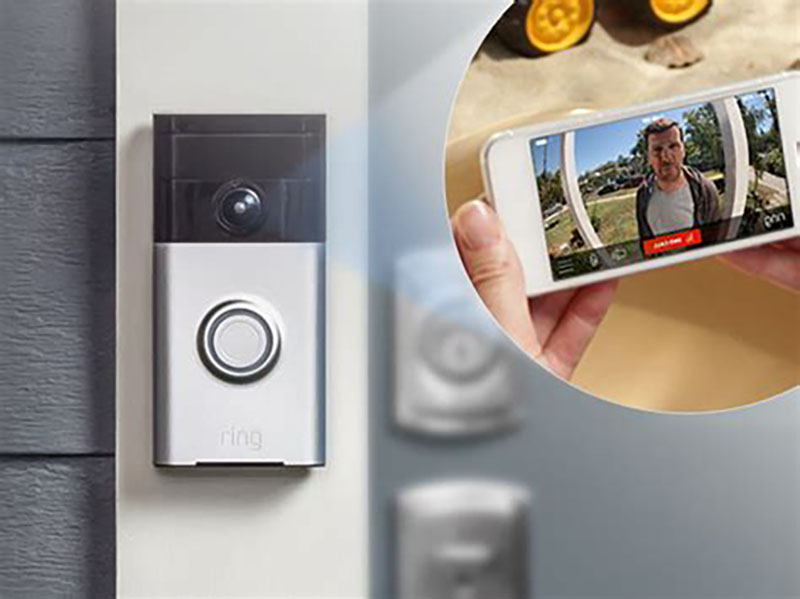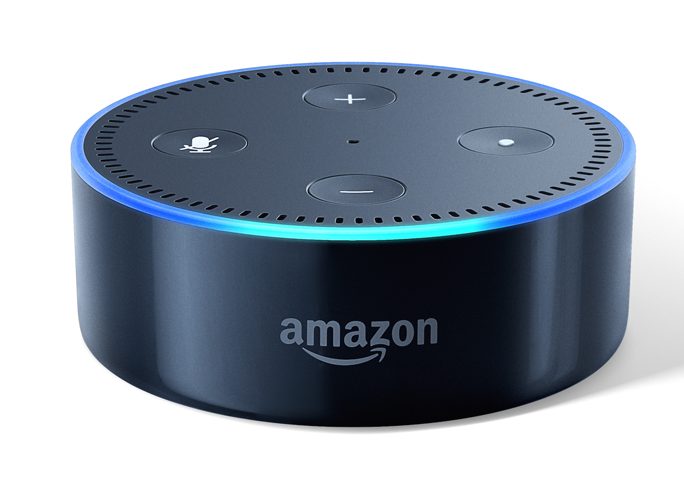Amazon is proposing to turn every Echo speaker and Ring security camera or doorbell in the United States into a shared wireless network.
The proposal, called Amazon Sidewalk, is part of Amazon’s plan to address rectify connection problems for its smart home devices.
But critics are alarmed that Amazon Sidewalk is going to give American users just one week to opt out the proposal.

Amazon Sidewalk
So exactly is Amazon Sidewalk?
Well the firm describes it as a “shared network that helps devices like Amazon Echo devices, Ring Security Cams, outdoor lights, motion sensors, and Tile trackers work better at home and beyond the front door.”

When this ‘mesh network’ is enabled, Sidewalk will support other Sidewalk devices in a community, and even locate pets or lost items, says the firm.
The idea is that it will simplify the process of setting up new devices, keep them online even if they’re out of range of home Wi-Fi, and extend the range of tracking devices.
But of course this has alarmed privacy activists, who were already concerned last November when police in Jackson, Mississippi requested access to resident’s smart doorbells.
Privacy group Electronic Frontier Foundation (EFF) said at the time that Jackson police were conducting a 45-day pilot program to live stream the Amazon Ring cameras of participating residents.
Essentially, the police in Mississippi’s capital city had asked residents to connect their smart doorbells to a real-time surveillance hub, in an effort to fight crime.
And the concern has not lessened about the impending arrival of Amazon Sidewalk.
Transparency concerns
Critics are alarmed over “the apparent lack of transparency with which Amazon has rolled out the feature, as well as the limited time available for users to complete the tricky process required to opt out,” the Guardian reported.
The newspaper also noted that other critics have expressed concerns that failing to turn the setting off could leave customers in breach of their internet service provider’s terms and conditions.
It is understood Amazon Sidewalk essentially creates a low-bandwidth network using smart home devices, which could allow for example an Amazon Echo speaker to set itself up using using a neighbour’s Wi-Fi.
It could also allow a security camera to continue to send motion alerts even if its connection to the internet is disrupted, by utilising the connection of another camera across the street.
And other devices that don’t need a high-bandwidth connection, such as smart lights, pet locators or smart locks, can use Sidewalk all the time, the Guardian reported.
Amazon Bridges
Critics are concerned that this project will give Amazon the power of a large scale Internet Service Provider (ISP), without having to pay for the cost of laying fibre, or maintaining copper lines.
However it should be pointed out that Amazon is not alone here.
Apple is doing something similar with its AirTag tracking devices that connect to the Internet through any compatible iPhone they come into contact with, not just the owner’s handset.
![]()
Amazon users however can disable Sidewalk in the settings section of the Alexa or Ring apps, but have until 8 June to do so, the Guardian reported.
After that, if they have taken no action, the network will be turned on and their devices will become “Sidewalk Bridges”.




